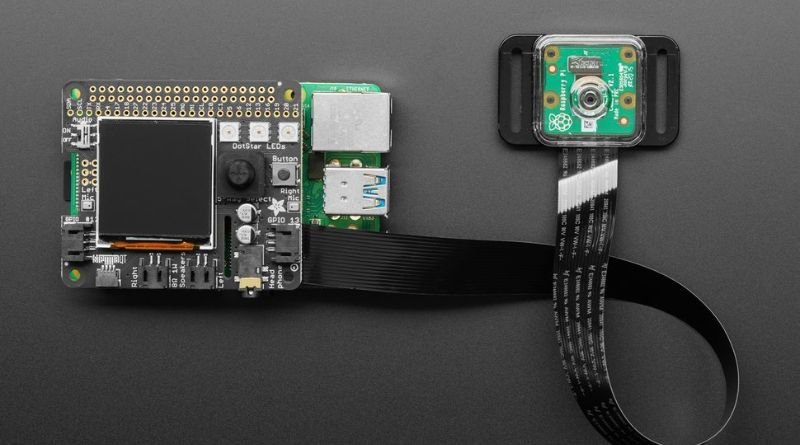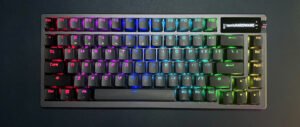Machine Learning on Raspberry Pi Just Took a Big Step Forward

Today, Google announced that it has built an optimized version of TensorFlow, its open source machine learning library, for the Raspberry Pi 3 microcomputer. The software will soon be available on GitHub as well as on the Pi’s software repository. Google believes this will enable all kinds of new projects using TensorFlow on the Pi and help developers interested in machine learning more easily get started with this low-cost device.
A Quick Refresher
If you’re not familiar with machine learning, it’s a field of artificial intelligence that deals with making computers learn from data without being explicitly programmed. In other words, instead of programming a computer to do a specific task, you feed it data and let it figure out how to do the task itself. The result is code that’s easier to update or modify as new information becomes available.
It can be difficult for machines to perform tasks if they don’t have access to enough high-quality data or powerful enough processors, but an interesting collaboration between Intel and Google has been solving this problem by optimizing machine learning for smaller devices like smartphones and IoT devices like Raspberry Pi. Today at OSCON in Austin, Texas, Google announced that its ML Engine will now run on Intel architecture with OpenVINO Toolkit enabling inference—that is, making predictions—at up to 10x faster speeds than was previously possible. Now developers can take advantage of a higher level of performance for deep neural networks across all platforms (iOS, Android, Windows) using frameworks such as Caffe2 and TensorFlow Lite.
The Next Steps
Now that machine learning on Raspberry Pi is possible, what’s next? There are endless possibilities for projects and applications. Here are a few ideas to get you started -Play with text classification using the MNIST dataset (classify handwritten digits)
- Build an AI that beats you at tic tac toe
- Create a neural network that can classify different types of leaves based on their shape and color -Create a deep dream generator by classifying images into categories
- Explore how machine learning algorithms learn from examples, then modify them in order to produce novel outputs. Is this robot following your commands or developing its own way of walking?
What Does This Mean?
This means that the process of machine learning, which was once limited to expensive computers and data centers, can now be done on a tiny credit-card sized computer. This is a big deal because it opens up the possibility for anyone with a Raspberry Pi to experiment with machine learning. It also has huge implications for education as students will be able to learn how these algorithms work by doing them themselves.
The use of small boards like the Raspberry Pi, combined with software libraries such as scikit-learn, allow people without extensive programming knowledge to use machine learning in their projects and devices. The new library also features some models from Google’s DeepMind division, such as neural networks for image recognition or natural language processing. Now we can combine our own projects using this technology in fields like computer vision or natural language processing with neural networks from Google’s DeepMind division – without extensive programming knowledge required!
Wrapping Up
The new features in the latest version of the Raspberry Pi OS make it easier than ever to get started with machine learning on your single-board computer. Plus, with the added power of the new Pi 4 Model B, you can train your models faster than ever before. If you’re interested in getting started with machine learning, there’s no better time than now. Head over to our blog for more information and tutorials about this exciting topic!







